Pool safety: The role of design in pool safety
The design of a swimming pool can hugely affect the operator’s ability to keep swimmers safe. Tom Walker investigates
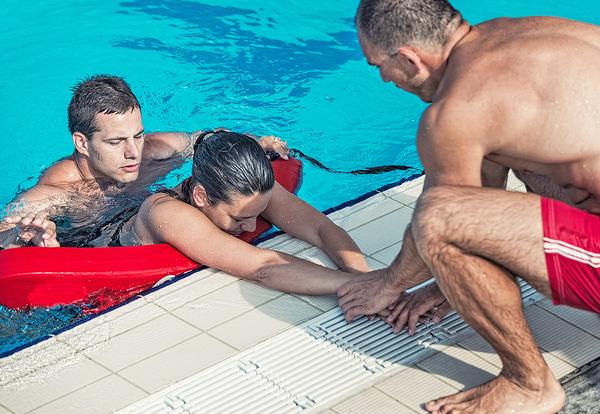
There are a number of factors that can either improve or hinder swimming pool safety. Lighting, glare, reflection, blind spots, depth of water and the colour of paints are all aspects that should be taken into consideration during the design process.
Get them right and the result is an operationally efficient environment, which is attractive and safe for swimmers. Get them wrong and you might end up with a poorly designed swimming pool that can be very expensive to manage and keep safe.
“An operator recently opened a pool in the east of England that ordinarily would have required two lifeguards,” says Martyn Symcox, director of water safety management at the Royal Life Saving Society (RLSS). “But when the pool opened, the company was forced to have a third lifeguard on duty in order to make it safe for users.
“The reason was the daylight entering the pool hall, which caused such glare that the lifeguards could only be positioned on one side of the pool – they simply couldn’t view their zone from any other point. Moving just one metre caused the bottom of the pool to become a blind spot. A further blind spot was created by the steps leading to the pool, which did not conform to the basic rectangular shape.
“The pool design resulted in a significant increase in costs for the operator. As well as employing the third lifeguard, they had to apply a specialist film to the building’s glazing to try to limit the glare.”
Reflecting issues
Symcox says there are plenty more examples like this. “It’s not uncommon for operators to find themselves in the position of having to invest in extra staff to manage the challenges caused by the design of the pool,” he says. “It can be extremely expensive.”
So, is there too little focus on safety from those who design the swimming pools?
Mike Hall, a partner at FaulknerBrowns, one of the UK’s leading leisure and swimming pool architects, says that safety should always be at the core of all design decisions. He agrees, however, that there are plenty of examples of style over functionality in the UK currently.
“I’ve seen many sports and leisure projects where insufficient design emphasis has been placed on the operational safety and management of spaces,” Hall says. “In my view, the architect must be able to balance the sometimes conflicting agendas in order to create safe, usable and attractive spaces that help promote swimming.”
According to Hall, the most common design problems at UK pools relate to glare and reflection – and the problems are sometimes linked to inexperience. “Spectral reflection of light from the water is a significant issue,” he says.
“We’ve designed plenty of pools, so we’re acutely aware of the complexities, but I’m not sure that other architects – those with less experience of this building typology – are aware of them.
“I’ve seen a number of pool halls where the introduction of glass has been undertaken without a complete understanding of the consequences for safety or the management of the facility.”
Lines of communication
The view that safety concerns are sometimes overlooked or not properly understood at the design phase is one shared by George Lampshire, regional safety and quality manager for Everyone Active. One of the UK’s largest leisure contractors, Everyone Active currently manages 140 leisure sites on behalf of 40 local authorities.
“An emphasis on safety appears to form a very small part of the design process of new leisure centres,” Lampshire says. “Pools are now designed to be very open plan, with lots of light through huge glazed areas. This can be an issue, due to glare and light reflections, which can impair a lifeguard’s visibility of the pool.”
For RLSS’s Symcox, some of the issues could be prevented with a simple solution – designers and operators talking to each other. “We would encourage architects to meet with pool operators to discuss the design of a swimming pool with regards to both aesthetics and running costs,” he says.
“Increased communication between pool designers, builders and operators at the design stage of the project would go a long way to minimising some of the problems, if not eliminating them entirely. A few architects already do this well and as a result they’re designing and building swimming pools without losing any creativity.
“However, in our experience, some don’t seem to have a grasp of the day-to-day needs of pool operation, which can ultimately result in greater costs.”
Everyone Active’s Lampshire agrees. “There needs to be more engagement with operators during the design process,” he says. “Because what might look good isn’t always the most practical option.”
According to Hall, FaulknerBrowns is one of the architects already actively engaging with operators – but more can be done.
“An essential part of our design process is to obtain feedback from our clients,” he says. “This includes feedback on operational issues, which we use to help improve the operational safety of our facilities.
“But, we would certainly welcome greater cooperation between all parties involved in the delivery of pools to improve the overall standard of safety.”
How do you keep your pools safe?

Regional Health, Safety and Quality Manager,
Everyone Active
• All sessions across our 140 sites are always supervised by qualified lifeguards
• All lifeguards undergo monthly competence training with a qualified RLSS assessor in order to ensure their skills are kept up-to-date
• We undertake lifeguard zone visibility tests for each lifeguard position and session
• We operate a strict admission policy, and rules for children swimming under the age of eight
• All swimming pool rules are clearly displayed in the pool hall, including signage indicating the pool depth as well as areas for non-swimmers
DESIGNER’S TIPS
Key challenges to consider when designing a safe pool:

FaulknerBrowns
• Allow for high levels of supervision of the entire pool with no parts hidden from view
• Moderate changes in pool tank floor level in an appropriate way, with no sudden changes in depth and with clear demarcation of edges within the pool
• Design pool surrounds and changing villages without changes in level
• Place shallow water at the point of entry to the pool closest to the changing village
Lifesaving technology
As well as design, another hot topic affecting pool safety is the use of technology. Underwater cameras, movement detectors and other electronic monitoring systems are now being introduced at many pools – and some have already proven their worth.
In 2015, a drowning detection system called Poseidon made national headlines when it helped save the life of a swimmer at the Blackshots Leisure Centre in Essex.
Everyone Active is one of the operators to have embraced assistive technology. “Some of our facilities now have underwater cameras to aid lifeguards in monitoring their allocated zones,” says Lampshire. “In many cases, the technology offers us a 100 per cent view of the bottom of the pool, which could not otherwise be achieved due to the design of the pool hall.”
The RLSS, which trains lifeguards, is enthusiastic about new technologies – but warns that the tech has its limitations. “We support the use of technology where it can help improve safety standards,” says Symcox. “But it’s important to remember that the systems are intended to support lifeguards – not to replace them.”
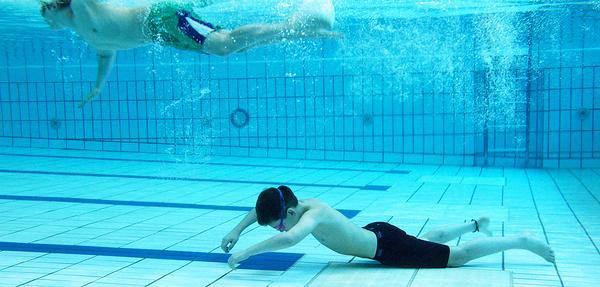


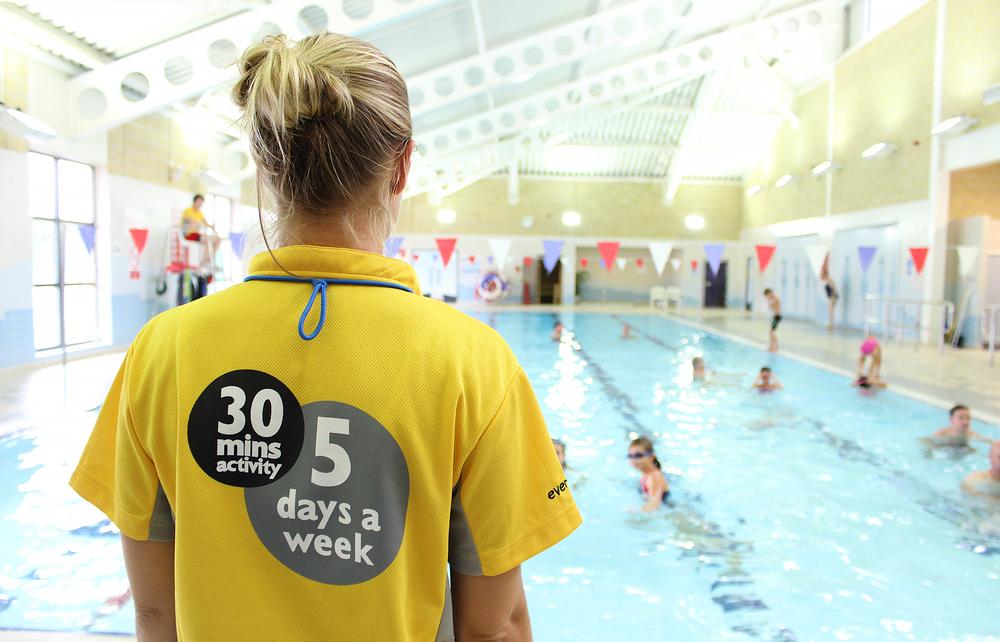
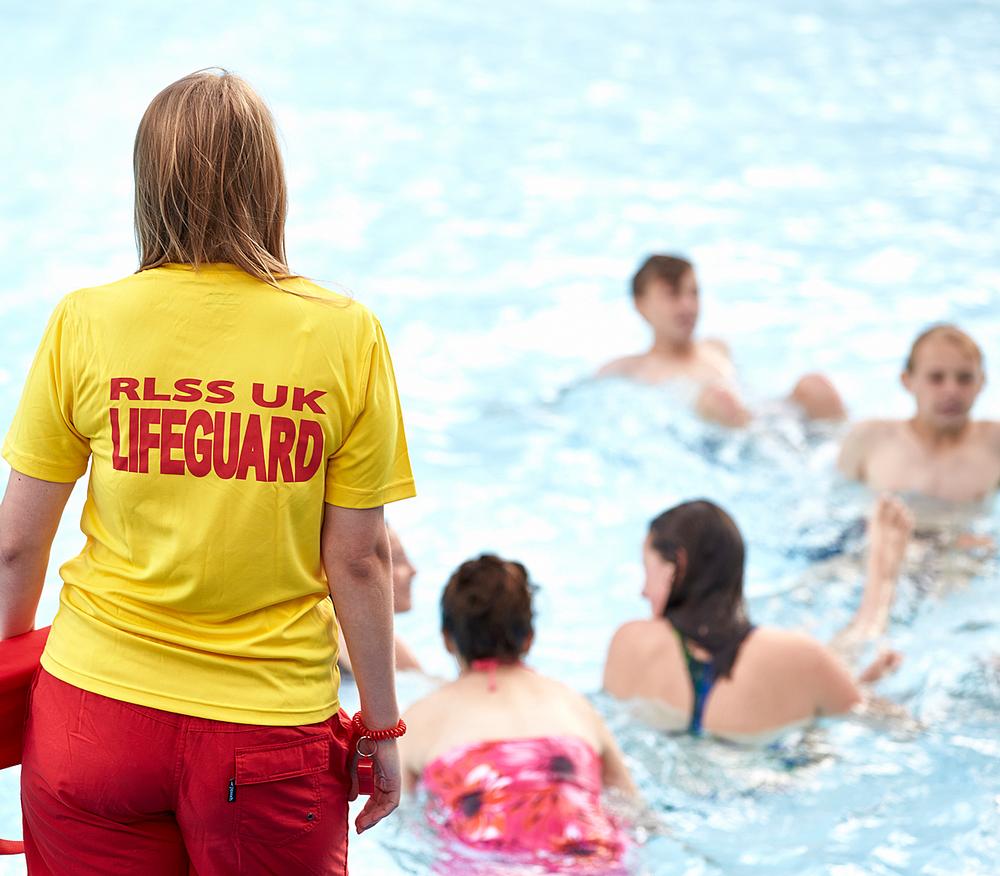
Swim Manager
General Manager
General Manager
Swim Teacher
Customer Service Advisor
Sports Facility Manager - LSBU Active
Team Leader
Fitness Motivator
Swim Teacher
Duty Manager (Dry)
Head of Operations
Senior Leisure Officer
Swimming Teacher
Swimming Teacher
Company profile
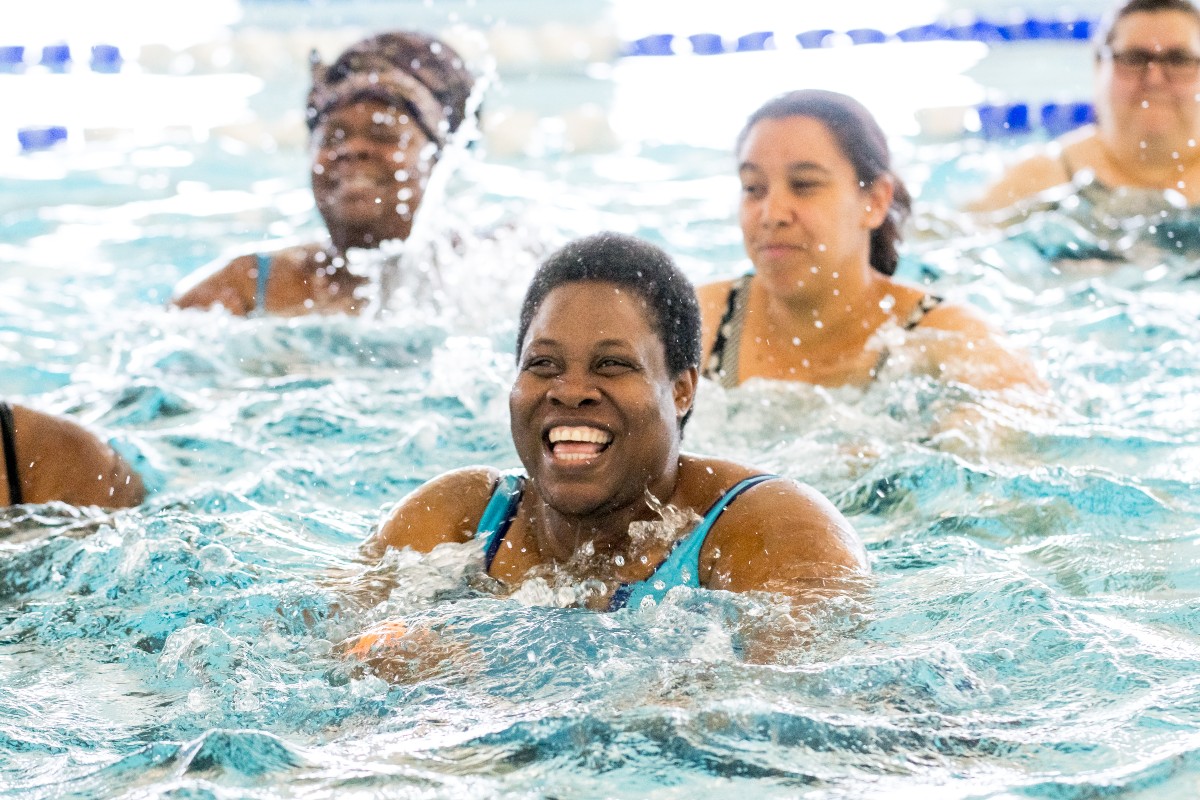
Featured Supplier

Property & Tenders
Company: Jersey War Tunnels
Company: Savills
Company: Cotswold Lakes Trust
Company: Knight Frank
Company: Belvoir Castle















